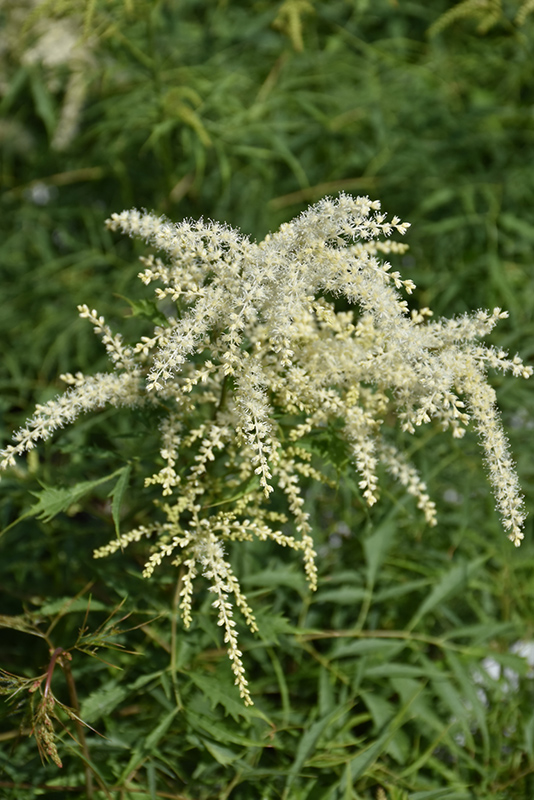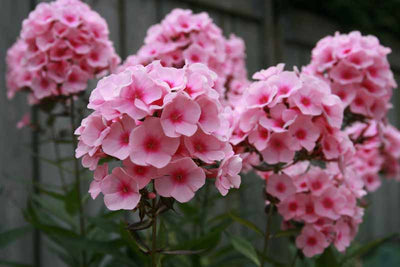Plant Library
Cutleaf Goatsbeard
Aruncus dioicus 'Kneffii'
Height: 3 feet
Spread: 30 inches
Sunlight:
![]()
Hardiness Zone: 2a
Other Names: Goat's Beard
Description:
A mounded selection that features creamy white blooms that rise above green, ferny foliage in the late spring; preferring partly sunny areas, this variety is perfect for borders, containers or in garden beds; low maintenance and easy to grow
Ornamental Features
Cutleaf Goatsbeard features showy spikes of creamy white flowers at the ends of the stems from late spring to mid summer. The flowers are excellent for cutting. Its deeply cut ferny compound leaves remain emerald green in color throughout the season.
Landscape Attributes
Cutleaf Goatsbeard is an herbaceous perennial with a mounded form. Its relatively fine texture sets it apart from other garden plants with less refined foliage.
This is a relatively low maintenance plant, and is best cleaned up in early spring before it resumes active growth for the season. It is a good choice for attracting butterflies to your yard, but is not particularly attractive to deer who tend to leave it alone in favor of tastier treats. It has no significant negative characteristics.
Cutleaf Goatsbeard is recommended for the following landscape applications;
- Mass Planting
- Hedges/Screening
- General Garden Use
- Groundcover
- Bog Gardens
Planting & Growing
Cutleaf Goatsbeard will grow to be about 3 feet tall at maturity, with a spread of 30 inches. Its foliage tends to remain dense right to the ground, not requiring facer plants in front. It grows at a medium rate, and under ideal conditions can be expected to live for approximately 15 years. As an herbaceous perennial, this plant will usually die back to the crown each winter, and will regrow from the base each spring. Be careful not to disturb the crown in late winter when it may not be readily seen!
This plant should be grown in a location with partial shade or which is shaded from the hot afternoon sun. It is quite adaptable, prefering to grow in average to wet conditions, and will even tolerate some standing water. It is not particular as to soil type or pH. It is somewhat tolerant of urban pollution. Consider applying a thick mulch around the root zone over the growing season to conserve soil moisture. This is a selected variety of a species not originally from North America. It can be propagated by division; however, as a cultivated variety, be aware that it may be subject to certain restrictions or prohibitions on propagation.






